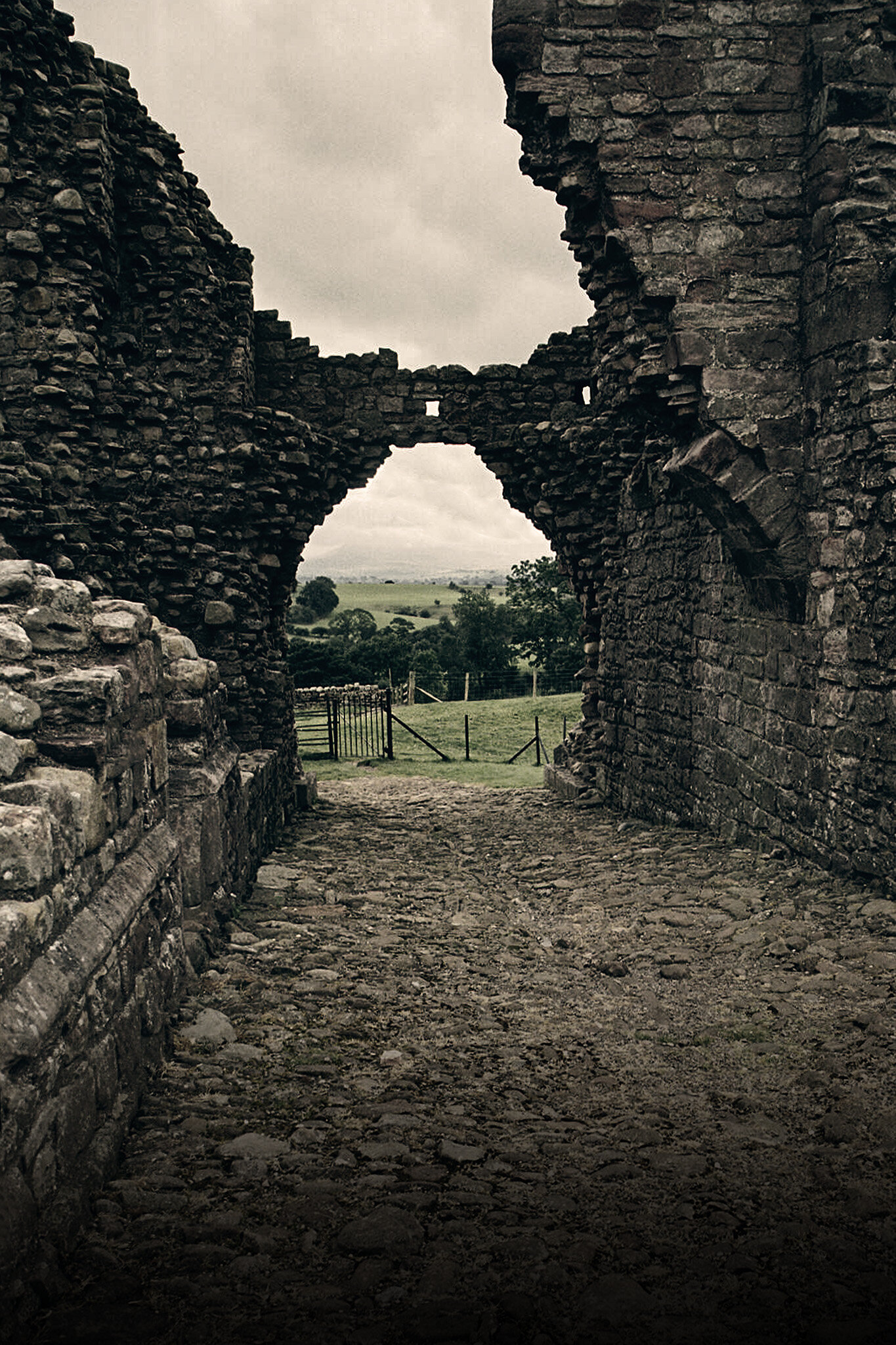Brough Castle, North West England



Brough Castle stands on approximately one third of the site of the Roman fort called Verterae, which is thought to have housed some 500 Romans. This was part of the network of forts which were established in the 1st Century, and completed the conquest of the north. Verterae was built as part of a chain of forts, guarding the important trading route from York to Carlisle. After the Romans left, Cumberland and Northern Westmorland (both regions are now in the county of Cumbria) were part of the Kingdom of Scotland until 1092, when King William II of England took Carlisle and annexed the area to England.
King William II of England ordered the building of the first Brough Castle, on this strategically important site as recognised by the Romans. The Roman ditches were excavated, and banks were created on the Roman lines of defence. Although originally a wooden motte and bailey castle, stone walls were soon added to the inner bailey and the castle grew. By the 12th Century, the castle was part of the estate of the Lord of Westmorland. In 1173, the Lord of Westmorland was Hugh de Morville, who had his estates confiscated by Henry II, after he supported the King’s sons in their rebellion of 1173.
Henry II of England was still in control of Brough Castle and had garrisoned it with six men, when King William of Scotland invaded England and captured the castle, after which he set it on fire and destroyed the keep. This would suggest that the early keep was made of wood. In 1179, King Henry II granted the castle to Theobald de Valoines, who is thought to have built the current keep. He held the castle until 1203, when King John gave it and the Lordship of Westmorland, to Robert de Vieuxpont. Vieuxpont was loyal to King John, and became the most powerful man in the north west of England. He rebuilt the gatehouse at Brough Castle, and is likely also responsible for building some of the domestic ranges, as well as the curtain walls. In 1214, he purchased land at Brougham Castle, and began building a new castle there. From this point on, Brough and Brougham Castles had close links, and remained in the same ownership at least throughout the 17th Century.
Robert de Viexpont’s grandson, Robert the Younger, succeeded him to the Westmorland estates in 1241. As he was a minor, the estates were administered by the Prior of Carlisle, who didn’t do a very good job, and in 1254 the castle was described as decayed. The younger Robert died at the battle of Lewes in 1264, leaving his estate to his two daughters, Isabella and Idonea. Isabella married Roger Clifford in 1268, and brought with her the castles of Brough and Brougham. Roger Clifford is thought to have added the circular Clifford’s Tower, to the south-east corner of Brough Castle. Their son, also a Robert, inherited the rest of the family’s estates when his aunt Idonea died without issue, and he was created the 1st Baron Clifford. He died while fighting for the English at Bannockburn in 1314, and later that year, Brough was raided by the Scots. The castle was attacked again in 1319, and after this the curtain walls were strengthened.
There are a lot of Roberts in the Clifford family. Robert the younger, also had a grandson named Robert, who inherited and completely altered the layout of the castle, and it’s living quarters, in the late 14th Century. The Clifford family thrived, until Edward IV took the throne of England in 1461, and the Clifford family found themselves on the wrong side, having supported the Lancastrians. Henry, the 10th Lord Clifford, spent 25 years in hiding, until Henry Tudor’s victory, after which he was restored to his family’s estates. The castle suffered greatly from an accidental fire in 1521, which left nothing but bare walls.
The person we have to thank for the fact that is has survived at all, is Lady Anne Clifford (1590-1676), who was an early castle enthusiast. Having spent years fighting for her rightful inheritance, after her father died and left the estate to his brother, she finally inherited on her uncle’s death in 1643, when the Clifford estates passed to her. She inherited no less than 5 castles, namely, Brough, Brougham, Pendragon, Appleby, and Skipton. All of which still exist, in some form at least, and it is down to her sheer determination that they do. She lived a fascinating life, and books have been written about her, but her story is more than I can fit here. I’m sure we will meet her again one day at Skipton Castle.


